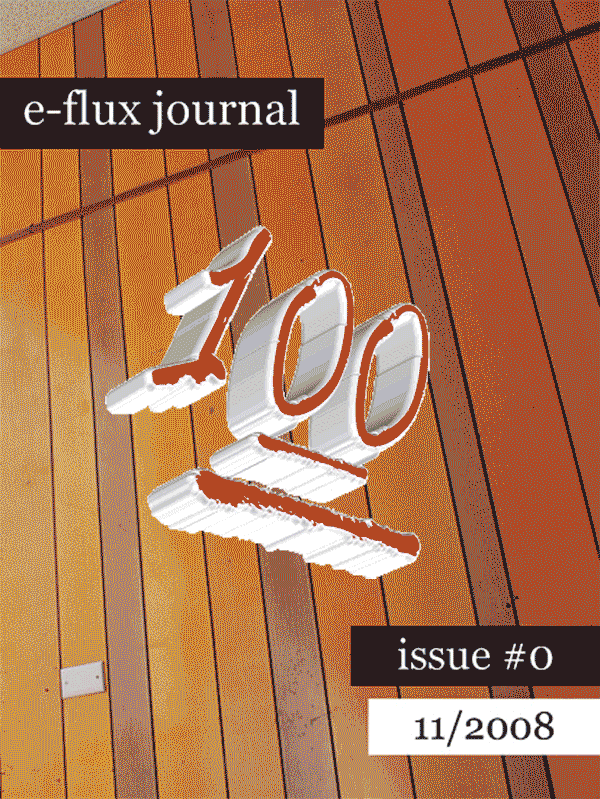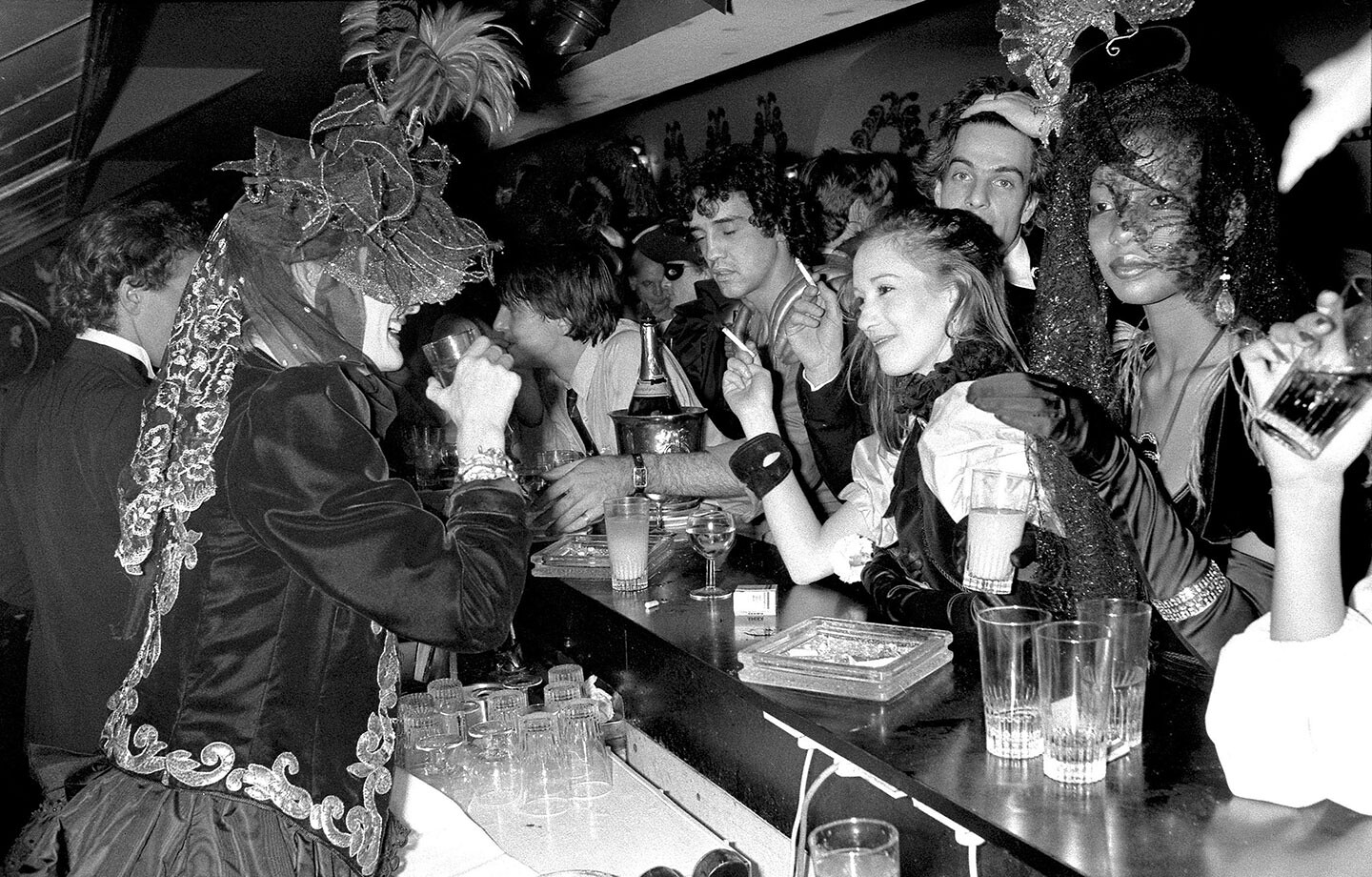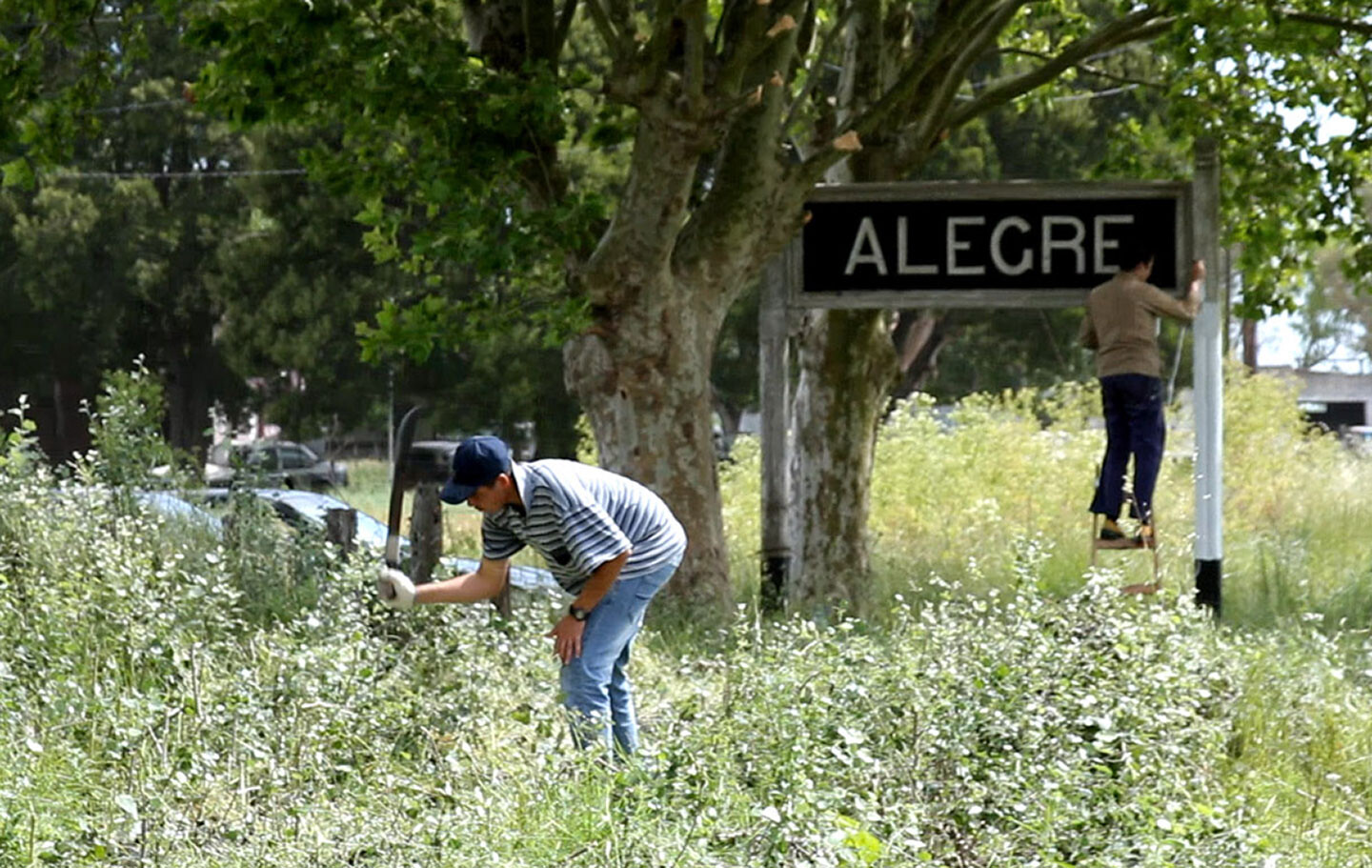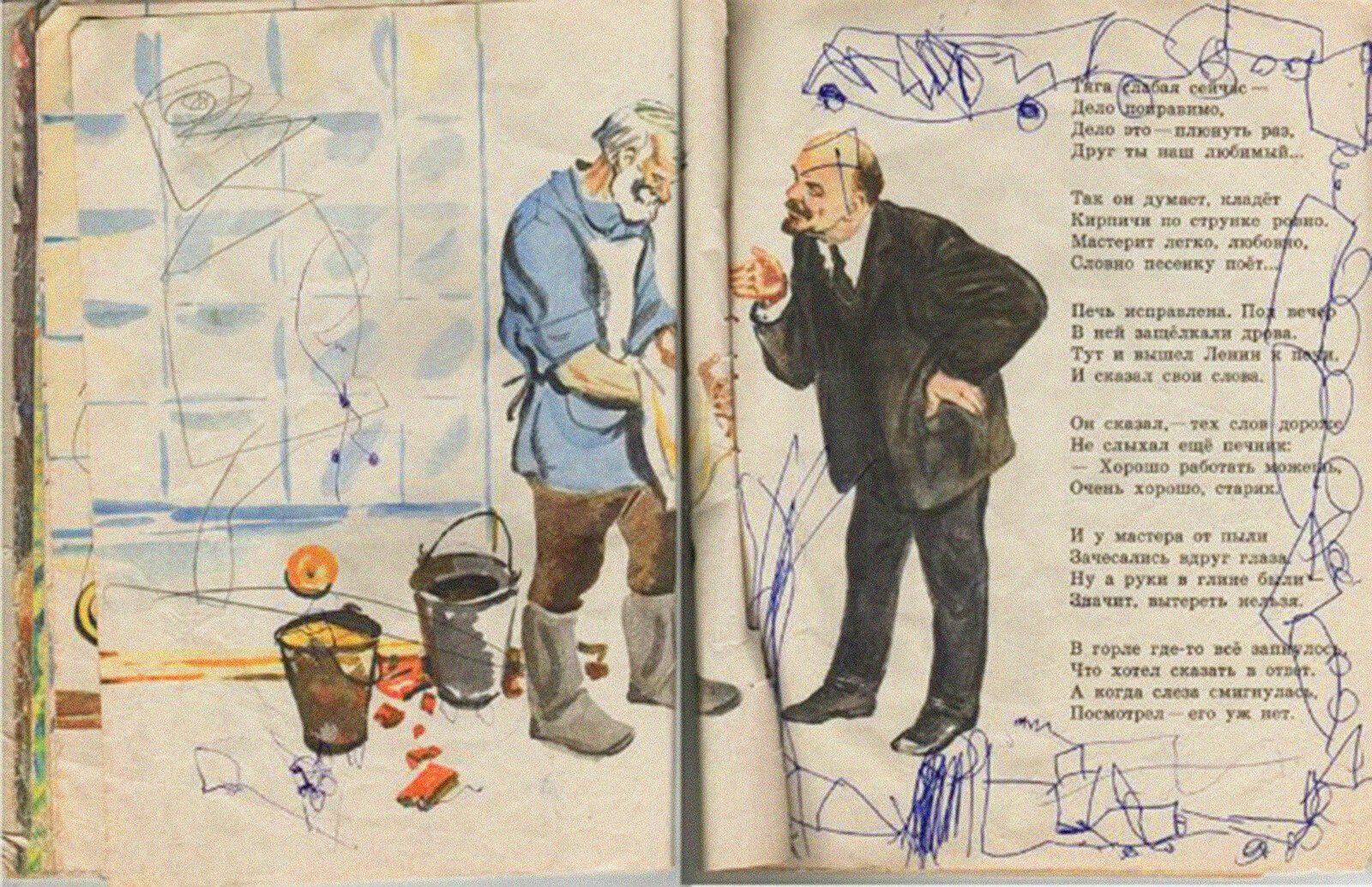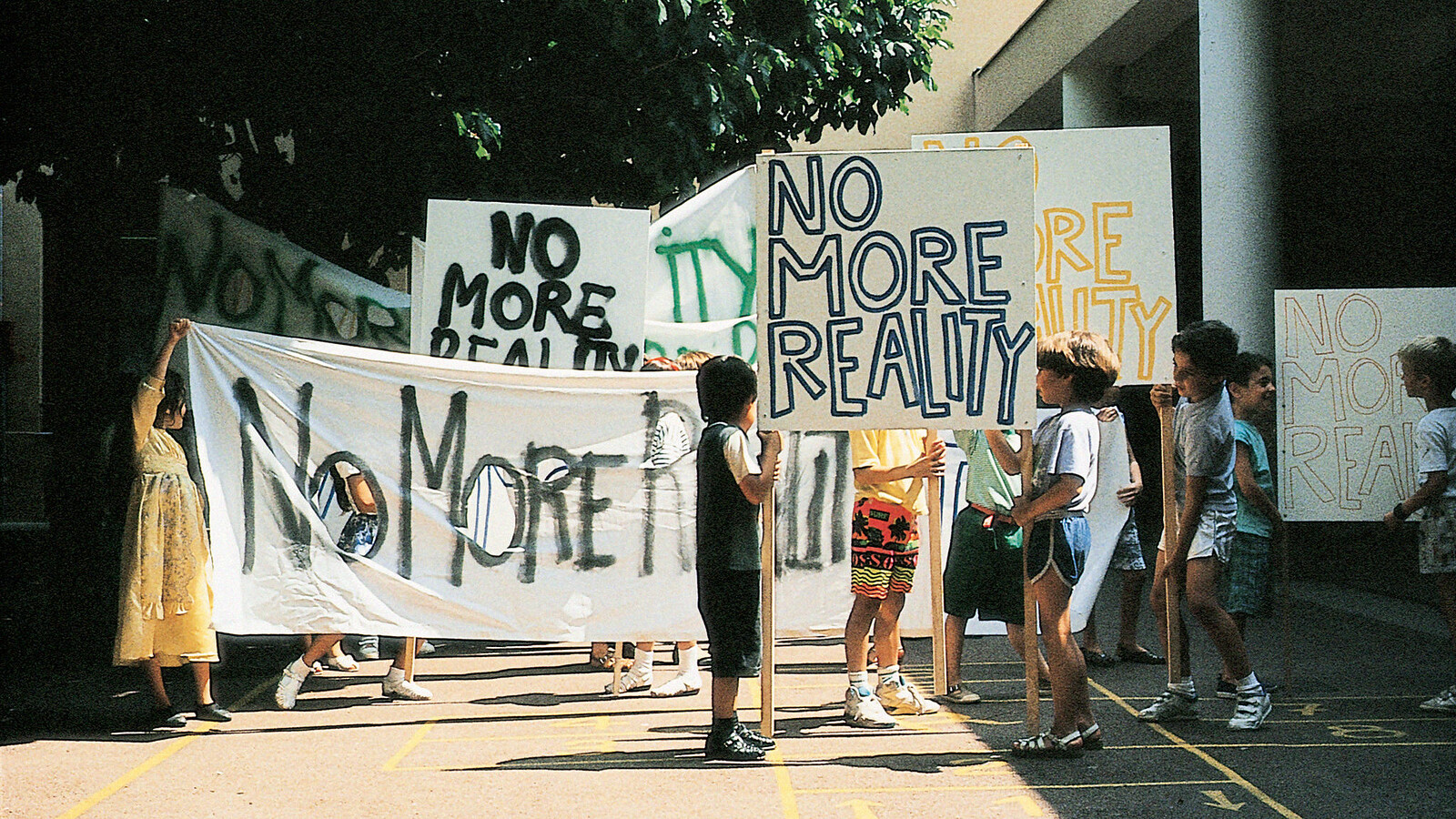To Live and Think Like Pigs is an account of two dominant ideas from the 1990s that have now, two and three decades later, become markers of crypto-freedom in the hands of global data boys and have led to tragic inequalities of movement. It is a book against the way chaos theory, nomadism, and anemic underdeveloped concepts of difference were used throughout the 1990s as an enlightening model—and against poorly deployed mathematics-as-theory in general. To Live and Think Like Pigs is an account against a nomadism that appeared as a liberatory metaphor at the end of the twentieth century, yet in the twenty-first has become a dominant model of the cultural class in permanent motion, and a concomitant growing underclass penned in and restrained. It is a book against the “rational” individual as human data unit. It is against the political “market.” It is against the self-policing of all aspects in life. It predicts the envy culture of “rhinoceros psychologies and reservoirs of the imaginary for the pack leaders of mass individualism.” And roundly mocks them. And in so doing, also roundly mocks our 2019.
I like to use Aladdin’s lamp as a simile for what happens in the art world. Artists make their work as they would make lamps: in the hope that the genie is inside. Sometimes they even believe that they can control the presence of the genie. Museums then display the art-equivalents of the lamp, betting, not just hoping, that the genie is in there and will stay there for the foreseeable future. The genie is intangible while the lamps are not, so attention tends to focus on the technical execution of the lamp, hence the emphasis on crafts and finish, or, after Duchamp, on how well they were intellectually framed as objects capable of containing the genie. The genie is in the lamp because museums say so, and the canon is the measuring stick with which they validate their statement.
At Sunshine 60, a dark shadow lurks in the foundations of the bright, lively shopping mall. The reverberating voices of happy children and families on vacation dissipate into the vacuum of history, created by the ghost of an ill-fated epoch. Although it was built to reflect a successful economy (utilizing the best technology of the time to instill great pride), the mall’s structure ironically mirrors the violent totalitarianism of its past. Previous machinations of mass control remain corporeally present in the form of this building, albeit camouflaged in other modes of manipulation, while they continue to shift and coerce under new terms of power. Consumerism’s salute to imperialism!
In this symbolic and material economy, black and brown women’s lives are made precarious and vulnerable, but their fabricated superfluity goes hand in hand with their necessary existence and presence. They are allowed into private homes and workplaces. But other members of superfluous communities—such as the families and neighbors of these workers—must stay behind the gates, unless they are willing to risk being killed by state police violence and other forms of the militarization of green and public spaces for the sake of the wealthy. For these workers, the special permit to enter is based both on the need for their work and on their invisibility. Women of color enter the gates of the city, of its controlled buildings, but they must do it as phantoms. Racialized women may circulate in the city, but only as an erased presence.
In their collective formations, postcrisis practices in Argentina paralleled larger changes in social movements towards self-organization, and horizontalidad, or horizontality. Marina Sirtin defines horizontality as “a form of direct decision making that rejects hierarchy and works as an ongoing process.” Horizontalism and self-organization imply modes of production that no longer depend on the government for help—although some such groups received funding from Néstor and Cristina Fernández de Kirchner’s successive administrations. ABTE adapted two horizontalist characteristics: leaderless organization and the performance of extra-governmental services. Yet ABTE’s labor was artistic precisely insofar as it was no longer necessary, existing in the breach between past and present. The group sidestepped a neoliberal reading of horizontalism as proof of the “resilience” of groups left to subsist without government support, which ironically justifies further reduction of state services. It also refuses any reading of “social practice” as proof that contemporary art might supplement development or services that a state could provide.
In this impersonal multiplicity, there is no one. What does this “no one” mean? It means a structural impossibility for “one” to be. A comrade is never alone—not in the trivial sense that there is always someone else around, but in the more radical sense that you are always many. You are Legion. This is how you succeed in “the fine art of not getting arrested,” persecuted, or burned alive by the inquisitors of your age. When you are many, you turn your back to the police officer and disappear. Comradeship creates a shield against the witch hunters who will try to catch us one by one, but who will never destroy the whole set of alliances that make up the Great Sorcery International. You know what I mean.
Environmental collapse, global civil war, nuclear proliferation, and epidemics of panic and depression are steps towards extinction. But this is not the end of the world, since abstraction has created a world of its own, subsuming social language and prescribing the social forms of interaction.
